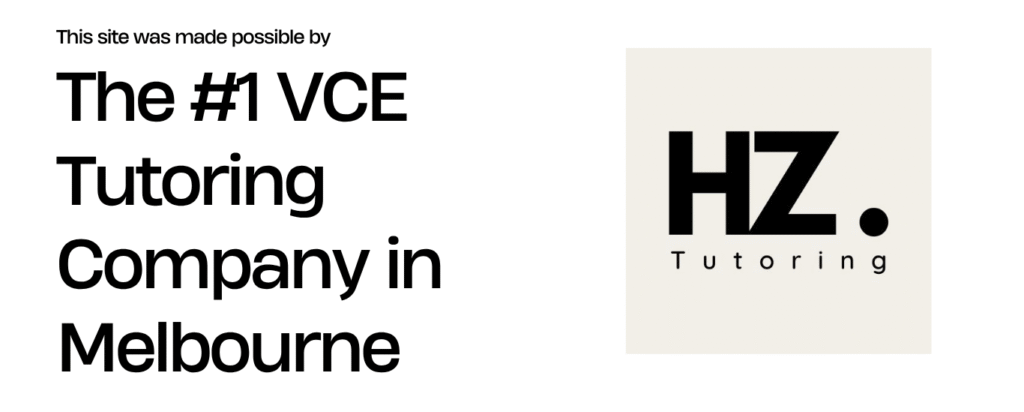Your cart is currently empty!
VCE Chemistry Unit 3 AOS 2
The Rate of Reactions (Kinetics)
This section explores “how fast” a reaction proceeds. The key to understanding reaction rates is the **Collision Theory**, which posits that for a reaction to occur, particles must: (1) **collide**, (2) with **sufficient energy** to overcome the activation energy barrier ($E_a$), and (3) with the **correct orientation** (steric factor). This interactive model shows how changing conditions affect particle energy and, consequently, the reaction rate.
Interactive Maxwell-Boltzmann Distribution
This graph shows the kinetic energy distribution for a sample of gas particles. The shaded area represents particles with energy $\ge E_a$. Use the controls to see how the distribution changes and how this relates to the principles of collision theory.
Initial State:
At a standard temperature, only a small fraction of particles have sufficient energy to react. A catalyst has not been added.
The Extent of Reactions (Equilibrium)
This section explores “how far” a reaction proceeds. Reversible reactions can reach a state of **dynamic equilibrium** where the rates of the forward and reverse reactions are equal. **Le Châtelier’s Principle** helps us predict how a system at equilibrium will shift to partially counteract any change imposed upon it. Use the simulator to see this principle in action.
Le Châtelier’s Principle Simulator
$N_2(g) + 3H_2(g) \rightleftharpoons 2NH_3(g) \quad (\Delta H = -92 \, kJ/mol)$
Relative Concentrations
Concentration vs. Time
Industrial Process Optimisation
Industrial processes like the Haber-Bosch and Contact processes balance reaction rate and equilibrium yield for economic viability, often requiring a “compromise” in conditions. This involves applying principles of kinetics and equilibrium, while also considering **Green Chemistry** principles like energy efficiency and atom economy to create sustainable processes.
Process Comparison: A Balancing Act
Optimisation Summary
| Feature | Haber Process ($NH_3$) | Contact Process ($H_2SO_4$) |
|---|---|---|
| Temperature | Compromise: 400-450°C. Balances slow rate (low T) with low yield (high T). | Compromise: ~450°C. Balances slow rate with low yield. |
| Pressure | High: 150-250 atm. Favours yield (4→2 moles) and increases rate. Compromise due to cost. | Low: 1-2 atm. High pressure not needed as equilibrium is already highly favourable. |
| Catalyst | Iron (Fe) with promoters. | Vanadium(V) Oxide ($V_2O_5$). |
| Key Rationale | A difficult equilibrium requiring high pressure and a catalyst to force it towards products. | A very favourable equilibrium that mainly needs a catalyst for a fast rate. |
Forcing Reactions (Electrolysis)
Electrolysis uses electrical energy to drive non-spontaneous reactions, converting electrical energy into chemical energy. This is essential for producing reactive metals and key industrial chemicals. It is a powerful tool for achieving 100% yield when thermodynamics are unfavourable, but at a significant energy cost.
Electrolysis Predictor
Anode (+)
Oxidation Occurs
Cathode (-)
Reduction Occurs
Faraday’s Law Calculator
Result will be shown here.

